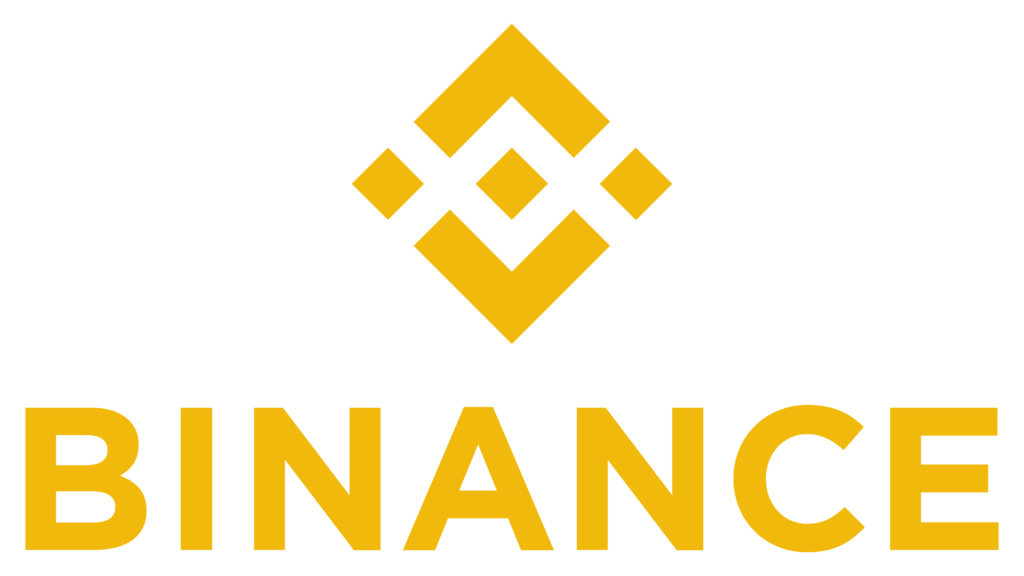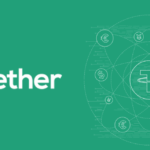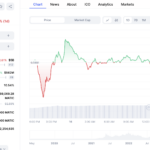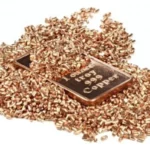This article takes an in-depth look at the rebranding and transformation of Matic into Polygon. It discusses the reasons behind the name change, the new direction the project is taking, and the impact it has on the blockchain industry. The article highlights the benefits of Polygon’s technology and its potential to revolutionize scalability and interoperability in the cryptocurrency space. It also delves into the partnerships and use cases that Polygon has secured, showcasing its growth and relevance.
What is Polygon?
Polygon (previously Matic Network) is a layer-2 scaling solution that aims to provide faster and cheaper transactions on the Ethereum blockchain. It uses a technology known as the Plasma framework, which allows for the creation of “child” blockchains that are linked to the “parent” Ethereum blockchain.
Rebranding from Matic Network to Polygon was announced in February 2021. The main reason for the rebrand was a strategic change in the company’s direction and vision. Initially, Matic was designed as a single layer-2 scaling solution (using Plasma), but with the rebranding, Polygon aimed to evolve into a multichain scaling solution or a “Layer 2’s Layer 2”.
Under the Polygon umbrella, the team planned to support other Ethereum scaling solutions, in addition to their existing Plasma chains. These other solutions include zkRollups, Optimistic Rollups, and other standalone chains like Polkadot and Cosmos. In essence, Polygon aims to create a multichain ecosystem on Ethereum with secured Layer 2 chains and standalone chains.
The goal of Polygon is to enable an environment where scaling solutions can work together in synergy, therefore making it easier for developers to scale their decentralized applications (dApps). The rebranding to Polygon represents this broadened focus and mission.
How does Polygon solve Ethereums scalability issues
Polygon, formerly known as Matic, tackles the scalability issues of Ethereum in several ways. It uses a combination of different layer-2 solutions, each having its own strengths and trade-offs, to offer a more comprehensive scaling solution. Here are the main strategies Polygon employs:
- Side Chains: Polygon uses side chains, which are blockchain systems running in parallel to the main Ethereum chain. These side chains can process transactions and execute smart contracts much faster because they operate independently of the main chain. The side chains periodically commit a summary of the chain’s state to the Ethereum mainnet.
- Plasma Chains: Plasma is a framework for creating child chains that use the main Ethereum chain as a trust and arbitration layer. Polygon’s version of Plasma chains allows for fast, low-cost transactions. These child chains can bundle many transactions into a single one and commit them to the main Ethereum chain, drastically reducing the load on the main chain.
- Proof of Stake (PoS) Consensus: Polygon employs a PoS consensus mechanism, which is less resource-intensive and faster than Ethereum’s current Proof of Work (PoW) consensus. Validators stake Matic tokens to propose and validate transactions.
- Rollups: Polygon plans to support “rollup” technology, both zkRollups and Optimistic Rollups. Rollups essentially “roll” many transactions into a single transaction, reducing the amount of data that needs to be stored on-chain. They handle transaction execution off-chain and only post transaction data (not the computation) to the Ethereum chain.
- Interoperability: Polygon aims to enable different Ethereum-compatible blockchains to interoperate, creating a multichain system similar to Polkadot or Cosmos, but with the security and robustness of Ethereum’s thriving ecosystem.
By offering this combination of solutions, Polygon can offer scalability based on the specific needs of the project building on it, helping Ethereum to handle much larger transaction volumes and making it more practical for everyday use.
Definitive Features of Polygon
| Feature | Explanation |
|---|---|
| Scalability | Polygon offers a scalable solution through its Layer 2 technology, enabling faster and cheaper transactions on the blockchain. |
| Interoperability | Polygon is compatible with multiple blockchain networks, allowing for seamless interoperability and increasing the potential use cases. |
| Layer Agnostic | Polygon’s infrastructure can be built on top of various blockchains, providing developers with flexibility and expanding the network’s reach. |
| Ecosystem Growth | Polygon has attracted a growing number of developers and partners, expanding its ecosystem and increasing the adoption of its technology. |
FAQs about Polygon
Q: What was the reason for rebranding from Matic to Polygon?
A: The rebranding aimed to reflect the new, broader vision of the project. While Matic initially focused on scalability solutions, Polygon encompasses a wider set of technologies to address scalability, interoperability, and other challenges.
Q: How does Polygon achieve scalability?
A: Polygon achieves scalability by utilizing its Layer 2 solution, which processes transactions off-chain while still benefiting from the security and finality of the Ethereum mainnet. This approach significantly improves transaction speed and lowers fees compared to directly operating on the Ethereum network.
Q: Can I transfer my assets seamlessly between different blockchains with Polygon?
A: Yes, Polygon’s interoperability features allow for seamless asset transfer between compatible blockchains, thanks to its layer agnostic design.
Conclusion
Polygon’s transformation from Matic to its current state is an exciting development in the blockchain industry. With its scalable and interoperable technology, Polygon aims to overcome the limitations of existing blockchain networks and facilitate the growth of decentralized applications. By comparing Polygon to other prominent platforms like Ethereum and Binance Smart Chain, users can make informed decisions about which solution suits their needs best. With its definitive features and growing ecosystem, Polygon is poised to play a significant role in advancing blockchain adoption and innovation.







